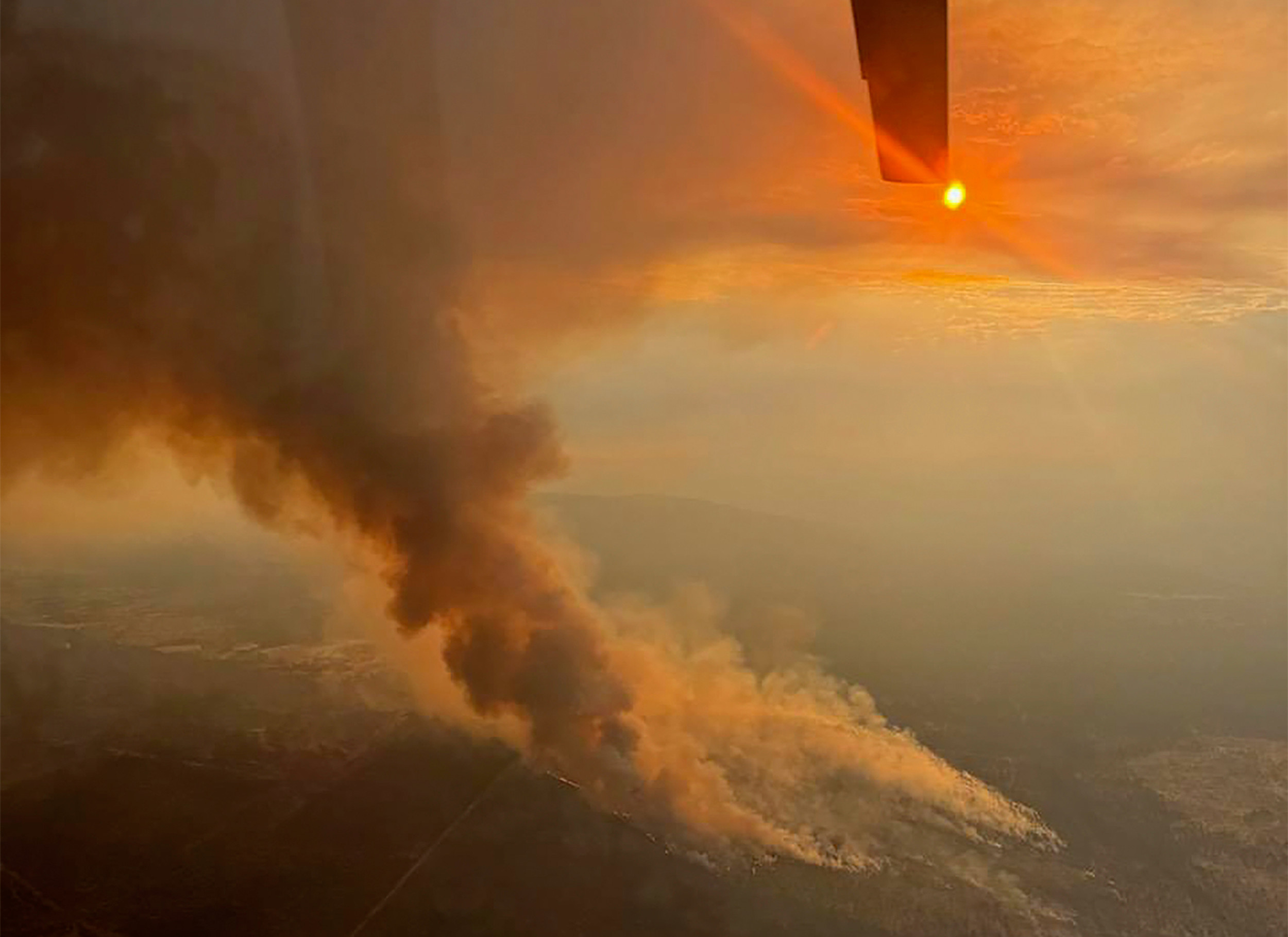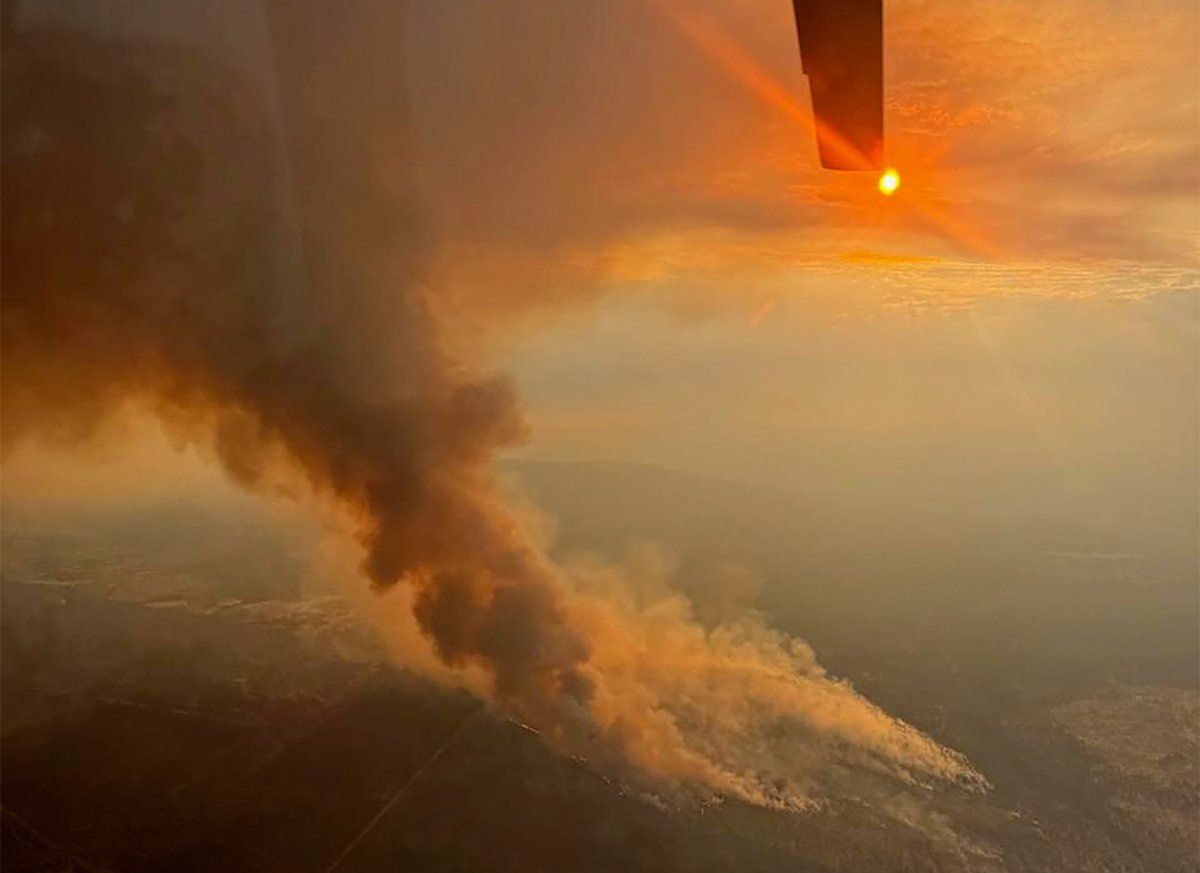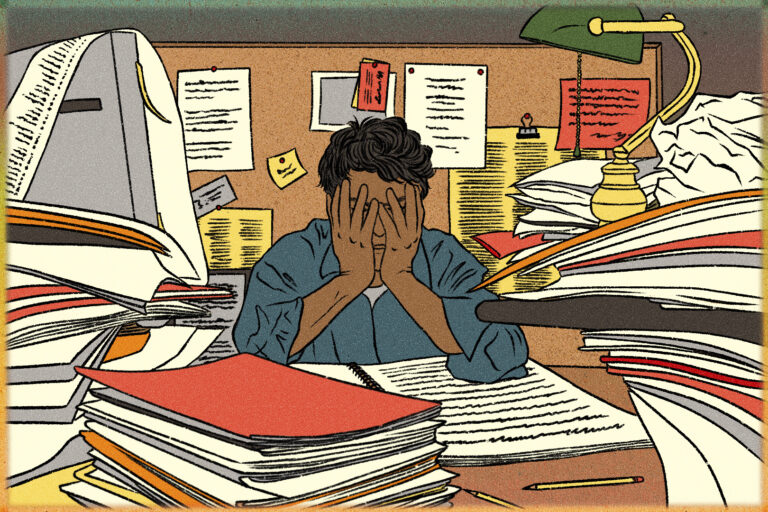
Hundreds of thousands of Americans have been urged to avoid driving on Labor Day amid concerns over high air pollution levels.
The National Weather Service (NWS) issued air-quality alerts in Oregon, Arizona, and Idaho on Monday.
The warnings mean ground-level ozone and particulate concentrations are forecast to reach dangerous levels. In some areas, the pollution comes from drifting wildfire smoke.
Why It Matters
The NWS warned that the general public as well as sensitive groups—children, seniors and individuals with preexisting respiratory or heart conditions—might experience health effects linked to poor air quality in the affected regions.
“Pollutants in smoke can cause burning eyes, runny nose, aggravate heart and lung diseases, and aggravate other serious health problems,” the agency said. “Limit outdoor activities and keep children indoors if it is smoky. Please follow medical advice if you have a heart or lung condition.”

Deschutes County Sheriff’s Office/AP
What To Know
In Arizona, an ozone high pollution advisory is in effect for the Phoenix Metro Area through Tuesday as pollution levels are expected to pose a health risk.
“Ozone is an air contaminant which can cause breathing difficulties for children, older adults, as well as persons with respiratory problems. A decrease in physical activity is recommended,” the NWS said.
“You are urged to car pool, telecommute or use mass transit. The use of gasoline-powered equipment should be reduced or done late in the day.”
In Oregon, an air quality advisory is in effect until 11 a.m. PT on Tuesday for Klamath and Deschutes counties, including the cities of Bend and Richmond.
“Wildfires burning in the region combined with forecast conditions will cause air quality to reach unhealthy levels,” the NWS said.
Meanwhile in Idaho, the Nez Perce Tribe has issued an air quality advisory until 10 a.m. PT due to wildfire smoke. Air quality is in the “moderate to unhealthy for sensitive groups” range.
What People Are Saying
Oregon’s Department of Environmental Quality said: “People can take the following precautions to protect their health: follow local burn restrictions to prevent deteriorating air quality; avoid strenuous outdoor activity during periods of poor air quality; people with heart or lung problems and young children are especially vulnerable. These people should stay indoors while smoke levels are high; use certified High Efficiency Particulate Air (HEPA) filters in indoor heating, ventilation, cooling and air purification systems; avoid using wood-burning stoves and other sources of indoor smoke if possible.”
The Nez Perce Tribe said: “Those who experience health effects from smoke include children under 18, elders, pregnant women, people with asthma or have difficulty breathing, diabetes, heart problems or otherwise compromised health, and people who have high exposure.
“Those individuals who are sensitive to increased particulate matter or smoke are encouraged to avoid prolonged or strenuous outdoor activity during this advisory. It is also recommended that all other individuals limit prolonged or strenuous activity outdoors.”
Jonathan Grigg, a professor of pediatric respiratory and environmental medicine at Queen Mary University of London in the U.K., previously told Newsweek that there are “very clear links” between inhaling particles and earlier death from both respiratory and cardiovascular diseases.
He added: “There are vulnerable groups and classically they are children because they’ve got an extra issue to do with their lungs developing, whereas our lungs are not developing as adults.”
What Happens Next
The air quality warnings are set to remain in force throughout Monday and into Tuesday.
Regular updates regarding air pollution levels are issued on the NWS website and on the Environmental Protection Agency’s AirNow interactive map.




